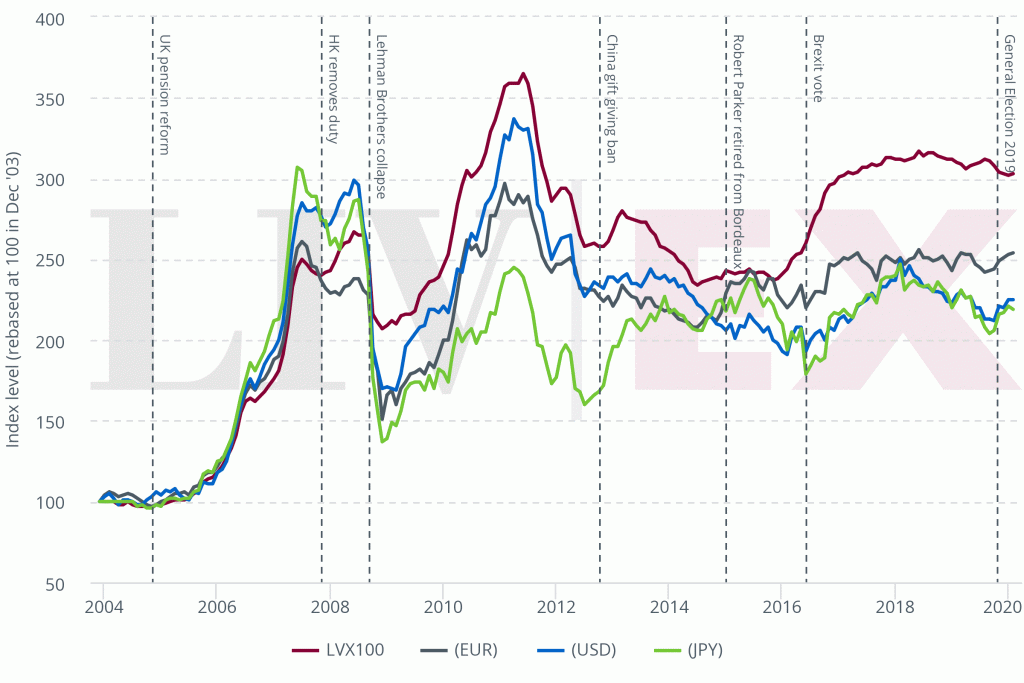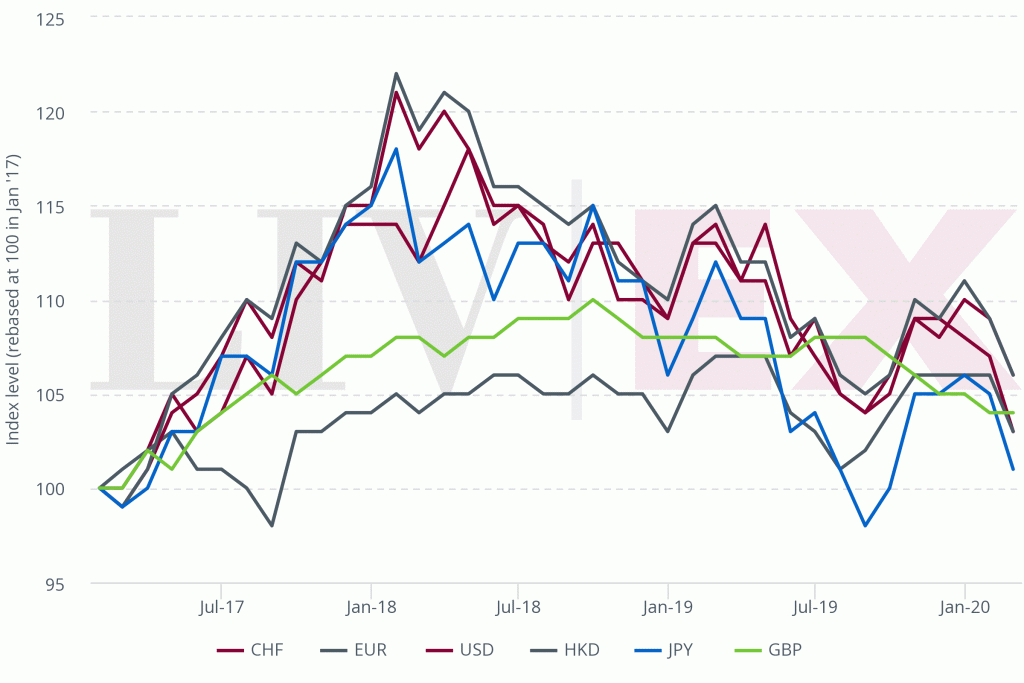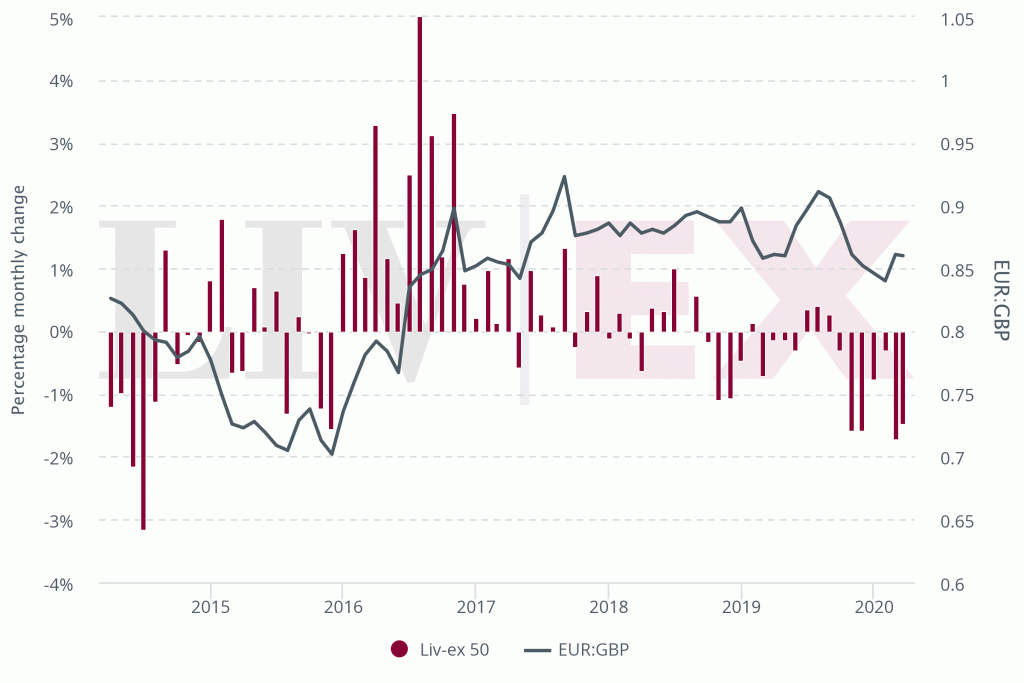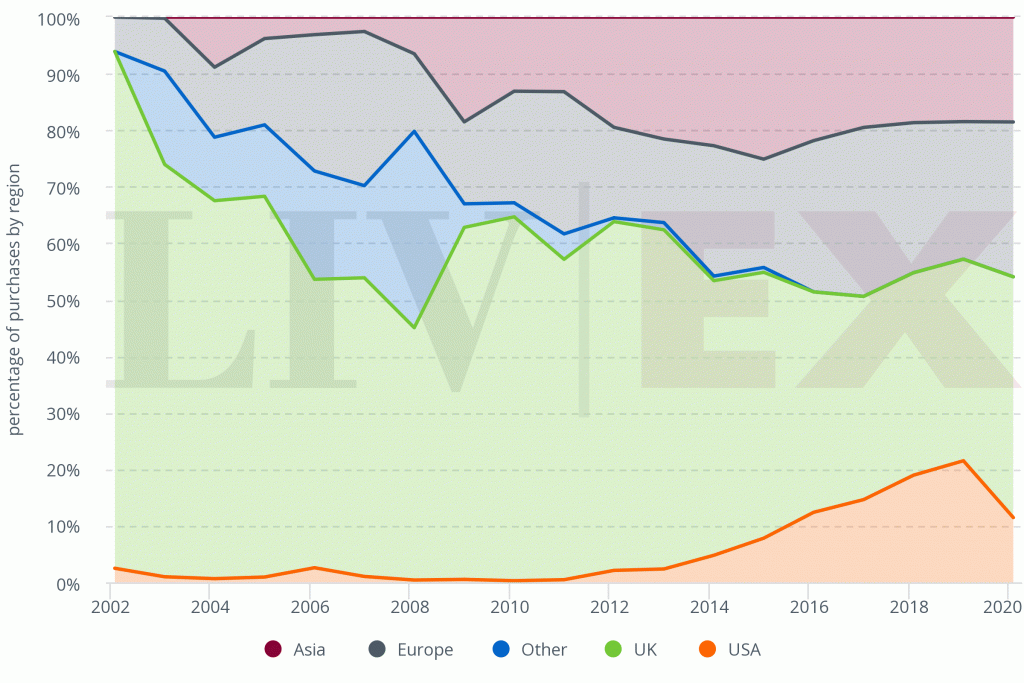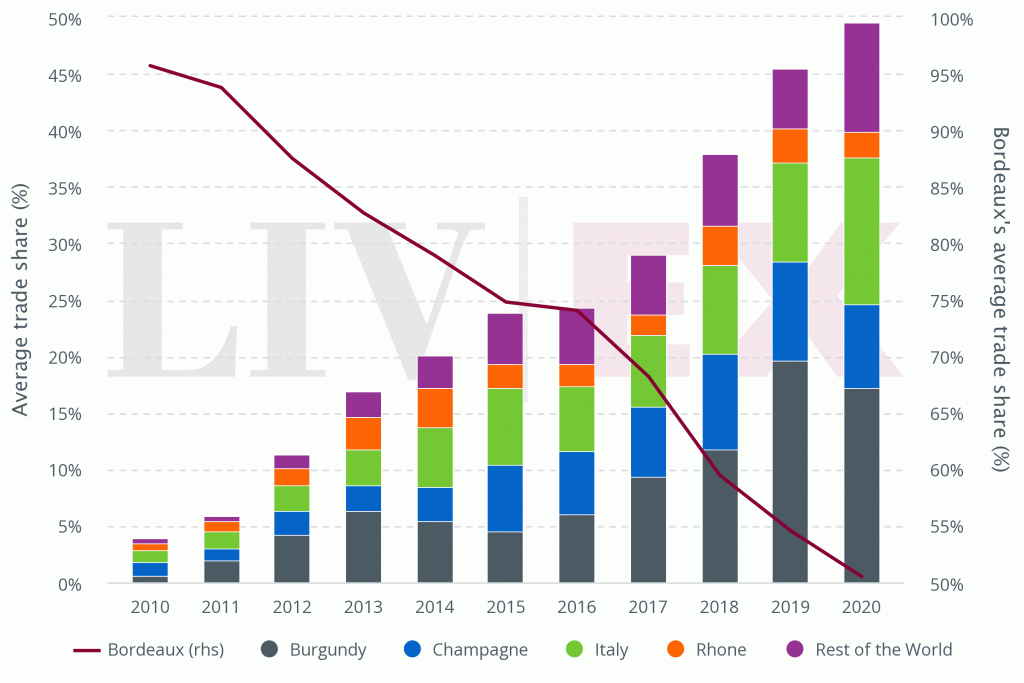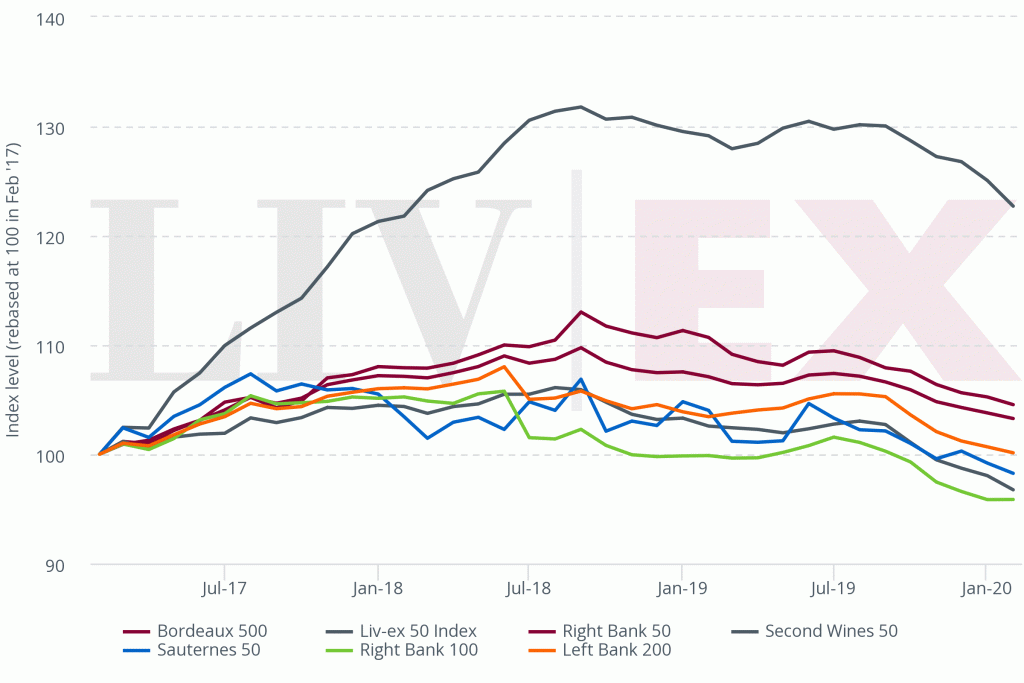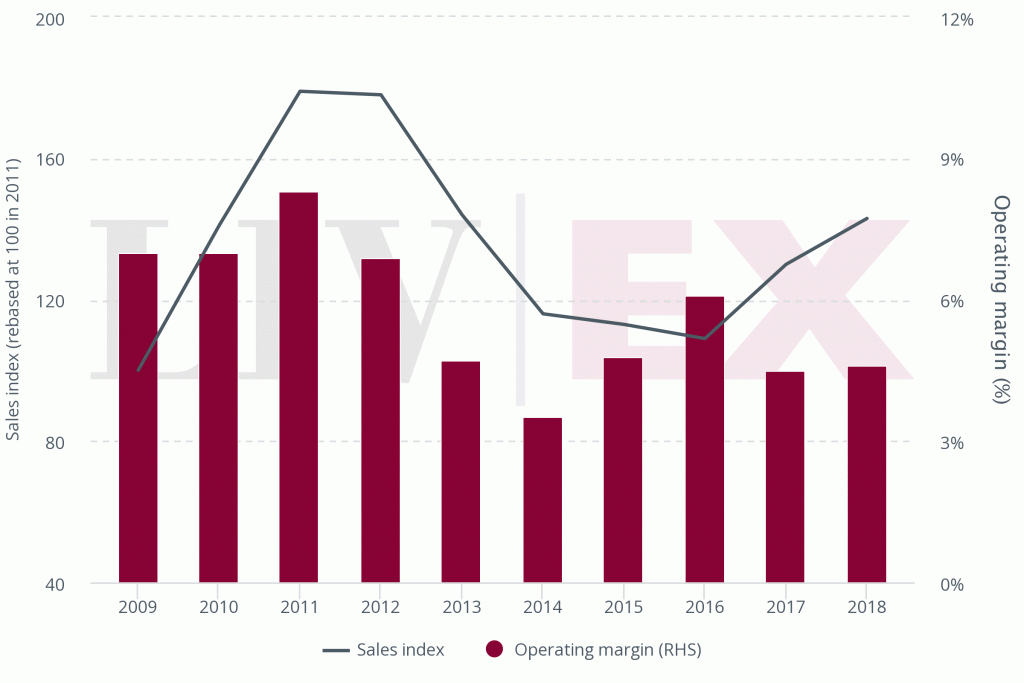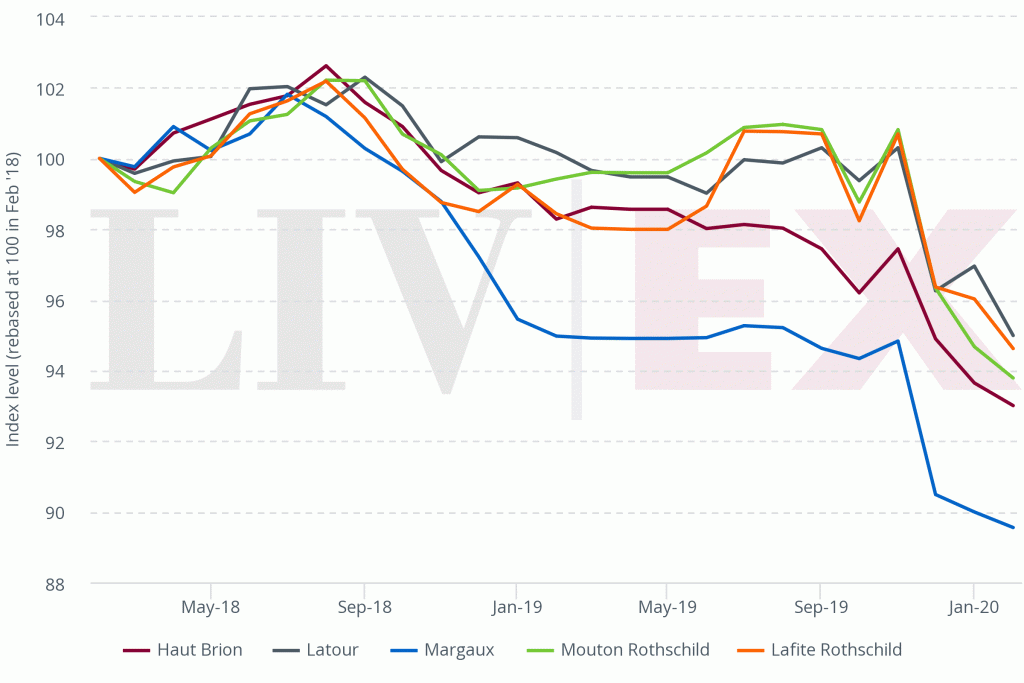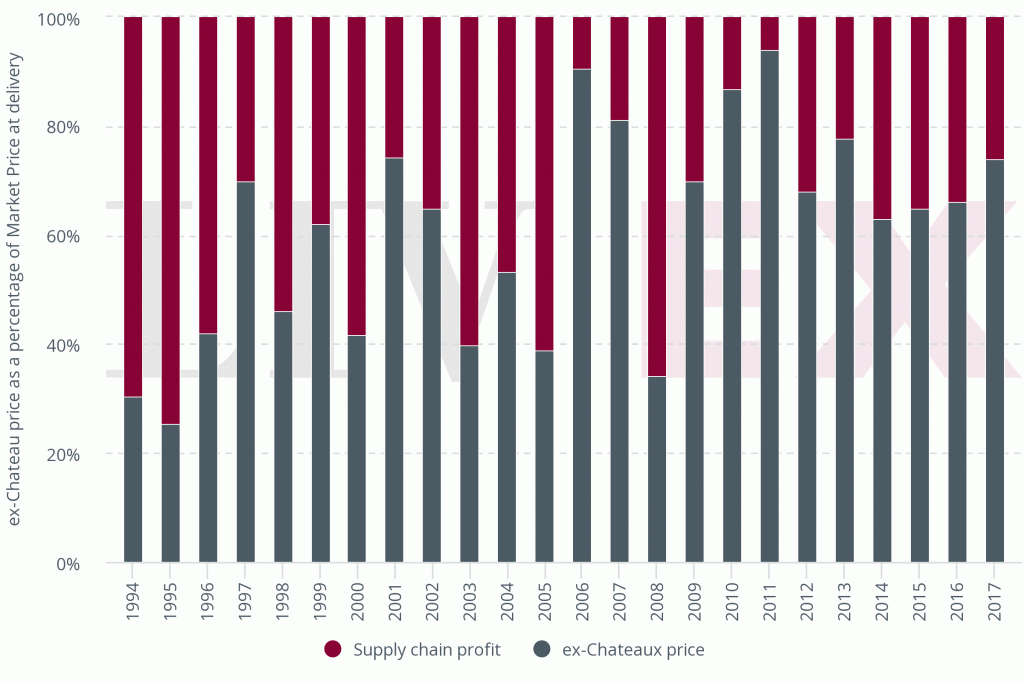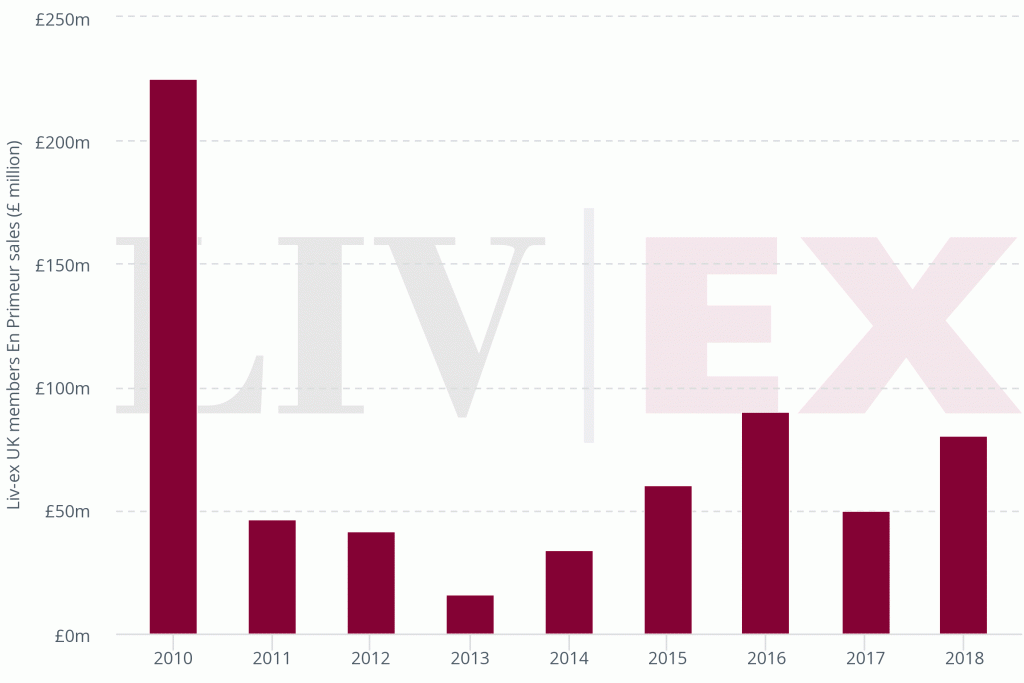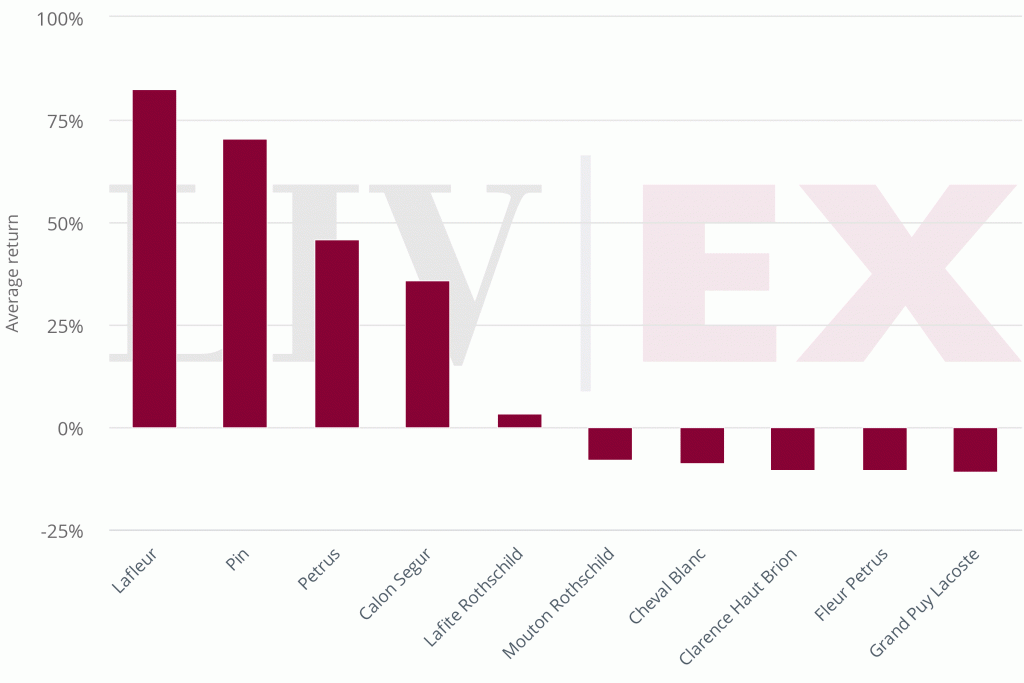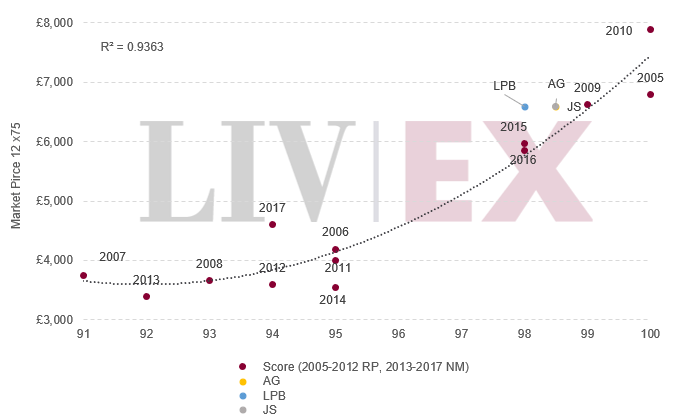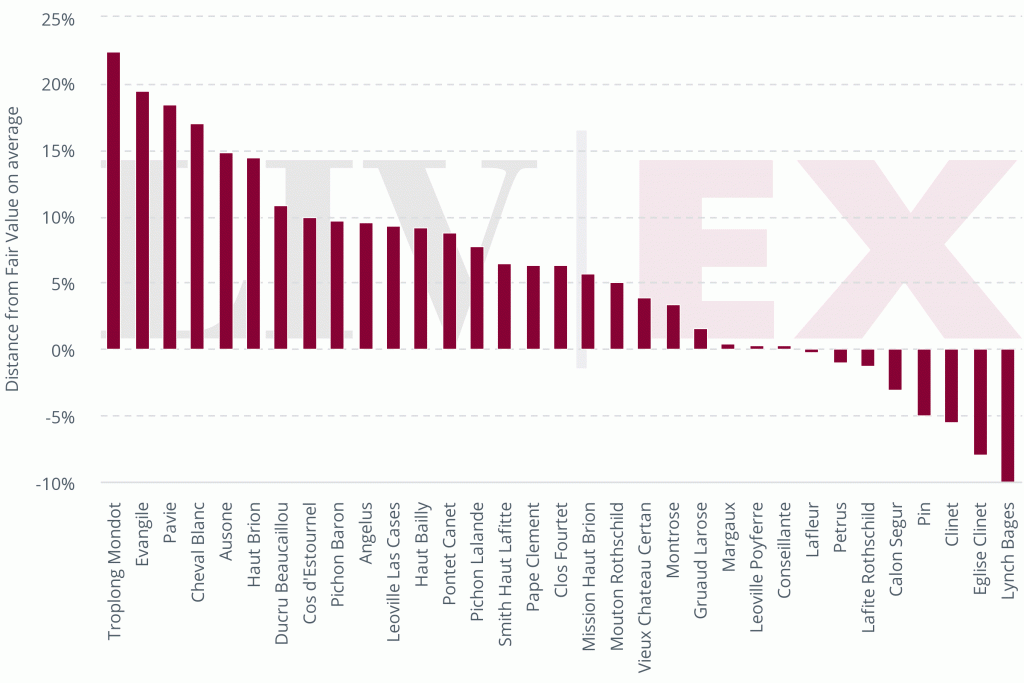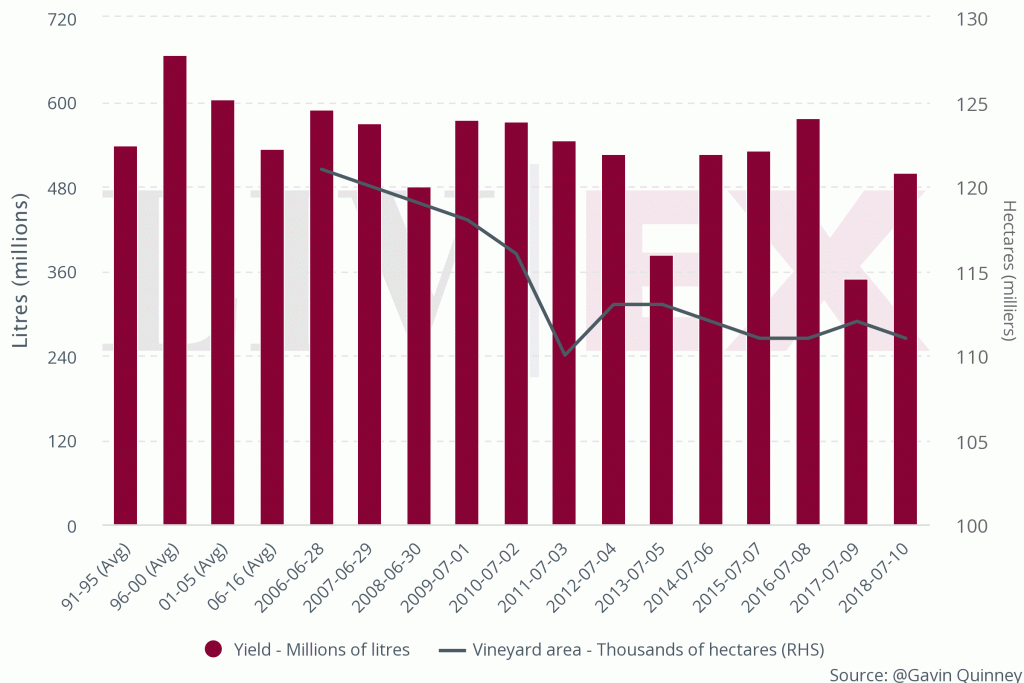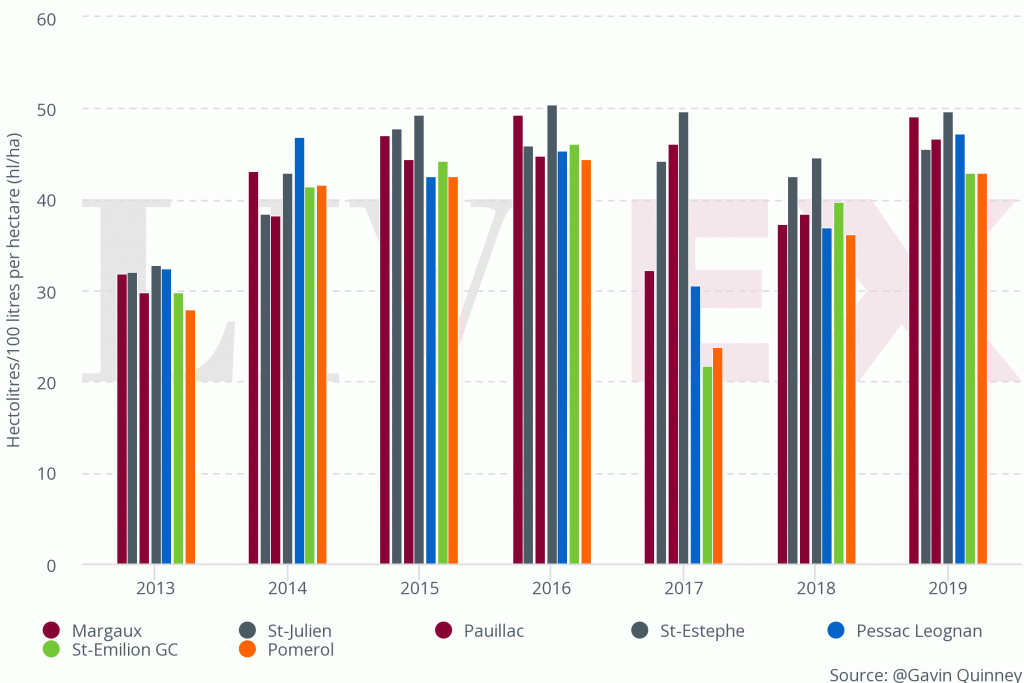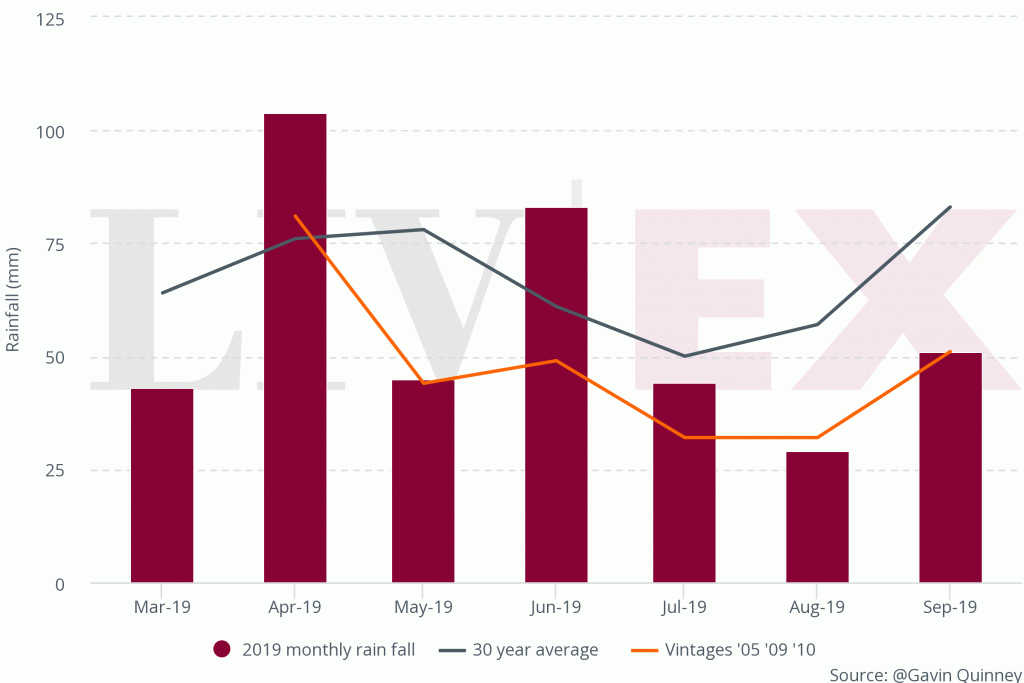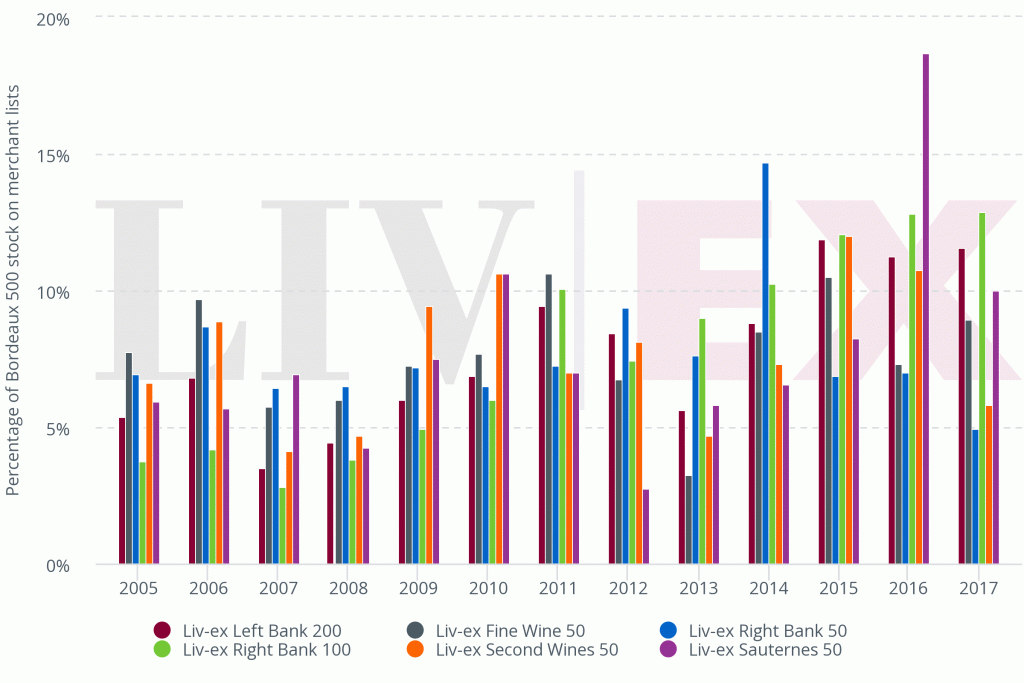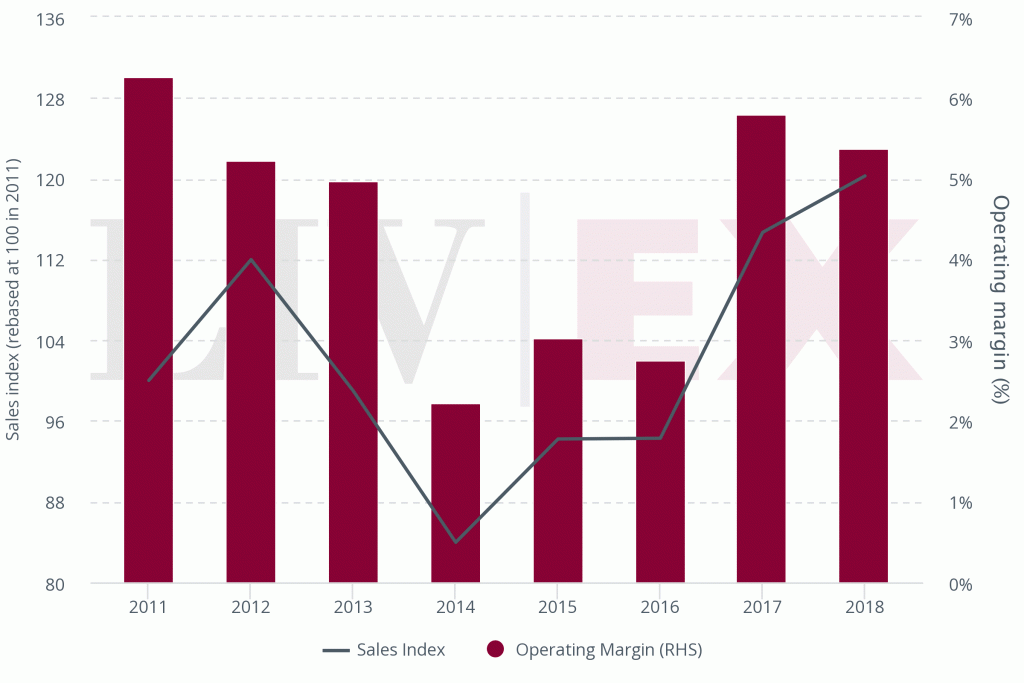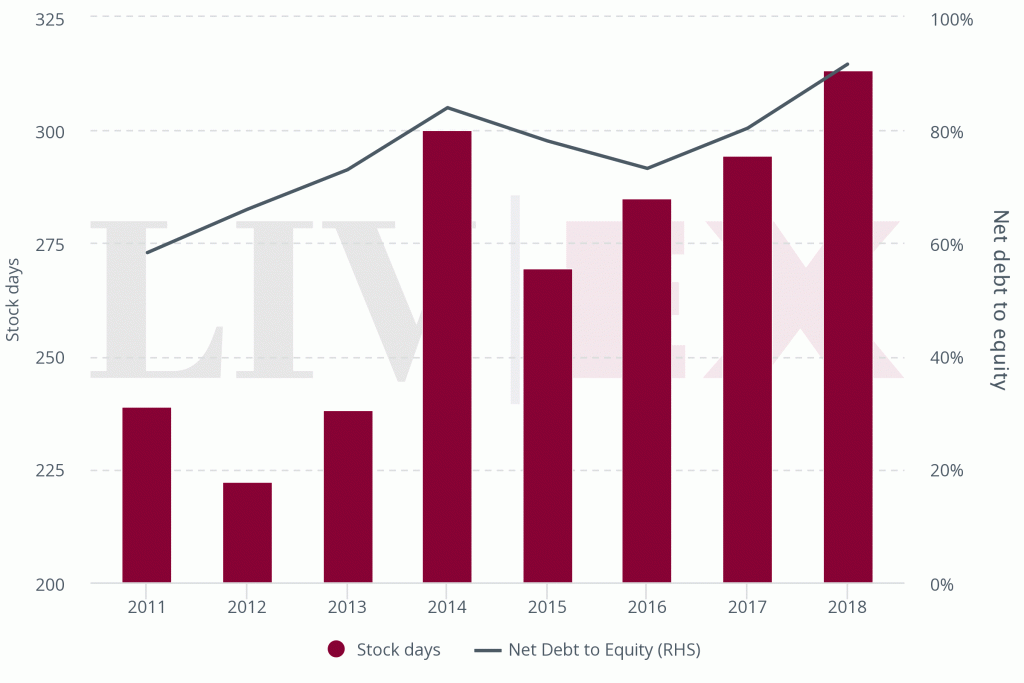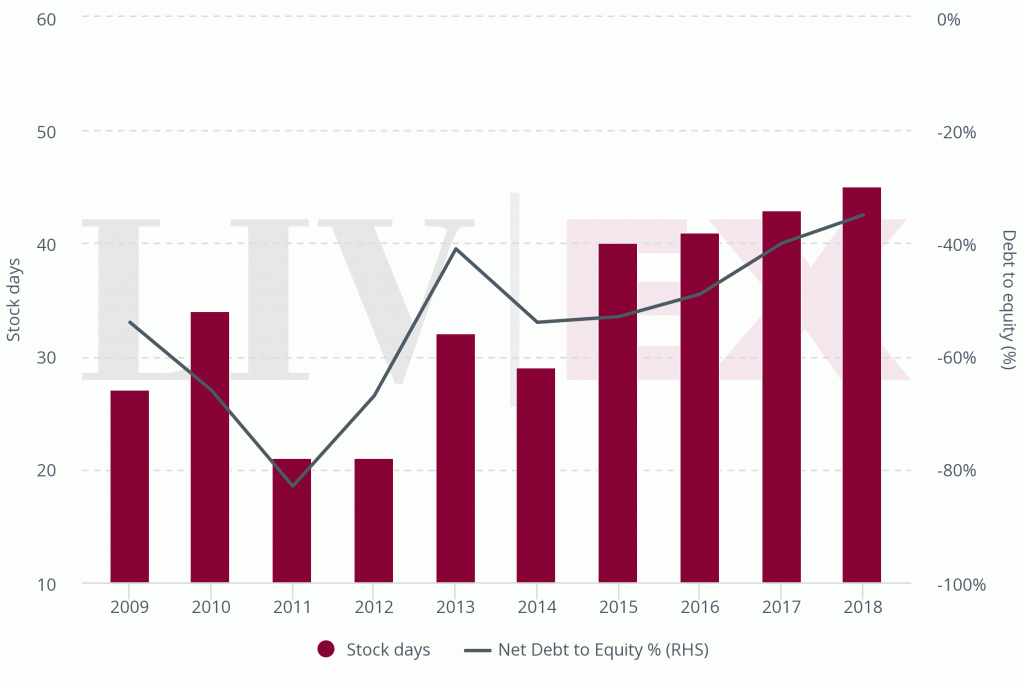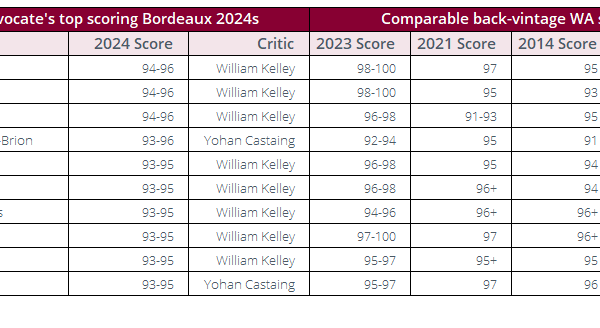Extended Report: Q2 2020
Introduction
Bordeaux has, for centuries, been considered the epicentre of fine wine production worldwide. Its long heritage, notable advocates (think Jefferson, Pepys et al…) and its formidable capacity to build global brands have all contributed to this pre-eminence. En Primeur is its most important annual event, and arguably the most important event in the whole fine wine calendar. Now, for the first time since its formal introduction sixty years ago, it has been postponed. Many are questioning what this means for the region, for the future of En Primeur, and even for the wider market. Bordeaux continues to account for the majority of secondary market trade. In doing so, it often represents the canary in the coal mine. When ill winds blow, it is often Bordeaux that first feels the chill. In this report, we evaluate the current position of the Bordeaux market as we begin to navigate these uncertain times.
The wine world has faced major headwinds in the past year. The Bordeaux 500 index has fallen 3.6% over the past twelve months, while the region’s trade share has continued to dip, so far in 2020 holding just above 50%. Tariffs in the US have kept American buyers at bay, while political tension in China and Hong Kong have led to faltering Asian demand. Bordeaux has become increasingly reliant on the UK market, which remains the single biggest buyer of its wines En Primeur. But with the outbreak of Covid-19, markets have been stirred and sterling has slumped. The dramatic fall in equity values on the back of a collapse in oil prices has only heightened investors’ risk aversion.
While the market might have experienced a sustained period of decline, the quality of the wines hasn’t. The recent Bordeaux 2016 tasting in Southwold stunned the trade into “admiring silence”, according to Jancis Robinson. Bordeaux 2010 is another story that has re-emerged over the last few months, as critics revisited a vintage a decade later. The Wine Advocate’s Lisa Perotti-Brown MW found perfection in ten wines, while Jane Anson (Decanter) claimed that, “it is so blindingly obvious that [2010s] are well made and will age that it would be ridiculous not to recommend getting hold of them”. Luckily for new buyers, the prices of the 2010s have moved very little since release.
Bordeaux 2019 was due to be released in the coming months. No serious challenges during the growing season and good harvest conditions have led some to suggest that the vintage is “everything a grower could wish for: concentrated, fresh, ripe and abundant”. Yields were particularly good in the leading appellations. The vintage also comes after two challenging harvests in 2017 (suffering frost) and 2018 (mildew). In other circumstances, it would be a happy story for both trade and producers. But the market conditions are far from welcoming. As pointed out in previous reports, stock is building up in Bordeaux, while sales are not. The system carries debt and the sustainability of the chateaux’s strategy of withholding stock to distort supply and demand is problematic. Latour, which opted out entirely of the En Primeur system in 2012, has performed slightly better than the broader market; but not all chateaux have the same power.
At a time when business is already tough, there is a risk that postponement of En Primeur might tip vulnerable players over the edge. In the absence of trade and critics, some chateaux may decide not to offer their wine this year, or to dramatically cut back on the size of their release. In a market full of distractions and a changing customer landscape, another “excellent vintage” headline is unlikely to be enough for Bordeaux to grab the market’s attention. Those looking to grow their En Primeur sales might need to consider a more dramatic move this year if they want to give collectors’ a reason to say ‘yes’. The answer, as ever, will lie in the price.
Bordeaux market overview
Against the global backdrop
The past year proved challenging for the global wine market. Although liquidity increased, prices for fine wine drifted. The industry benchmark, the Liv-ex 100 index, which is 55% weighted towards Bordeaux, dipped 2.3% in sterling and 1.8% in US dollars, but rose 1.9% in euros. A number of headwinds influenced the market’s direction: added to the Brexit uncertainty that prevailed for most of 2019 were the US-China trade war, political and economic strife in Hong Kong, and the introduction of US tariffs on European wines, which dented Asian and American demand.
In the last quarter of 2019 (off the back of the UK general election), the pound soared against the dollar and the euro to its highest point in 18 months. However, with the rapid spread of the Covid-19 pandemic, financial markets were rocked and sterling soon gave up all its gains. A weakened sterling has in the past provided a boost for the wine market, as dollar and euro buyers are encouraged to take advantage of UK supply, but the extreme financial turmoil of recent weeks has kept buyers at bay.
Chart 1: Liv-ex 100 in different currencies
Price falls have been greater for the Bordeaux 500 index, which tracks the price movements of the last ten vintages of the fifty most traded Bordeaux wines on the secondary market. Over the past year, the Bordeaux 500 index has fallen 3.6% in sterling, 3.8% in euros, 6.7% in US dollars and 9.5% in Japanese yen.
Chart 2: Bordeaux 500 in alternative currencies – three years
With merchants from across the globe trading in multiple currencies, demand is often driven by favourable exchange rates. As Chart 3 shows, wine prices were particularly sensitive to currency fluctuations around the time of the Brexit vote: in early 2016, the Liv-ex 50 rallied as the euro appreciated against sterling. This continued in 2017, with the month-on-month movements of the Liv-ex 50 proving very sensitive to the EUR:GBP rate, rising and falling with the euro.
In 2018, the exchange rate stabilised and month-on-month price changes became relatively muted. Sterling’s weakness during the summer of 2019 (as Theresa May was forced to resign) saw dollar and euro buyers step into the market, but the combination of a rapidly strengthening pound leading into the UK election and the imposition of US tariffs on European wines took the wind out of the market’s sails through the final quarter.
Chart 3: Liv-ex 50 month-on-month movements vs. EUR:GBP
Bordeaux buying appetite
Chart 4: Bordeaux’s trade share between major purchasing regions
Donald Trump’s 25% tariffs on European wines have had a damaging effect on the US appetite for wines generally, but particularly on Bordeaux. While demand for the region’s wines had been climbing steadily since 2014, giving US buyers 22% of the market in late summer 2019, we have since seen that share halve to 11%. European and UK buying has taken up the slack, but of a market share in decline. The “other” group represents the emergence and then disappearance of off-shore wine funds, many of whom suffered redemptions during the financial crisis of 2008/2009.
Chart 5: Regional trade shares on Liv-ex
In addition to the current economic reality is the changing face of the market. Over 7,000 different wines traded through the secondary market in 2019, compared to 5,700 in the previous year. Bordeaux saw a 6% increase in the number of new wines entering the market, but other regions experienced far more rapid growth. The number of Italian wines trading in the secondary market, for instance, rose by a staggering 32%.
Buying interest has also been broadening as new and critically acclaimed releases from regions like Brunello, Barolo and Champagne have captured the trade’s attention. Year to date, Bordeaux’s share of trade sits at 51%, Burgundy 17%, Italy 13%, Champagne 7% and Rhone 2%. The Rest of the World has risen to 10%, up from a recent average of 5%, driven in part by tariff-free wines from the New World.
In 2019, the most active Bordeaux vintages were 2009 (15%), 2016 (12%) and 2010 (10%). The First Growths accounted for 34% of the Bordeaux trade by value against 37% in 2018. Bordeaux’s overall trade share is greatly influenced by the value of First Growths trading, as these five wines have the twin characteristics of high value and high volume. In 2019, their prices fell by 6%, while volumes maintained their level at 11% of the total Bordeaux share.
Performance within Bordeaux
Chart 6: Bordeaux 500 sub-indices performance – three years
Within the Liv-ex 1000, the Second Wines 50 index has been the best long-term performer. As noted in previous reports, the allure of the Second Wines lies in the First Growth brand at a lower price point. However, having maintained their level for most of 2019, they have dropped 5.6% over the past six months, compared to 5.8% for the First Growths.
Table 1: Bordeaux 500 sub-indices performance
Chart 7: First Growths’ indices over two years
A shift in hierarchy
Bordeaux has seen a general shift in hierarchy. Four years ago, the top places of the Liv-ex Power 100 – the list of the most powerful fine wine brands – were occupied by Lafite, Mouton Rothschild, Margaux, Haut Brion and Latour. In 2019 only Latour made it into the top ten, sharing 10th place with Joseph Drouhin.
There have also been changes within the Bordeaux market. Although the Premier Cru still attract the greatest liquidity in the secondary market, when it comes to price performance rising stars like Canon, Rauzan Segla, Calon Segur, Beychevelle and Carmes Haut Brion have seen the greatest demand.
The changing En Primeur market
Overview
For many Bordeaux producers, En Primeur serves a different purpose today than it did in the past. The system was introduced after the Second World War when the French wine producers were underfinanced and struggling to recover from years of conflicts. The Bordeaux negociants bought the wine in barrel, which allowed them to obtain desired volumes at reduced rates. It also provided upfront cashflow to the chateaux, helping them to alleviate their financial difficulties.
Since then the financial situation has greatly improved for the leading producers, as the demand and market for Bordeaux has grown. This has allowed the chateaux to release at ever higher prices, taking a greater share of the margin available to the supply chain. And given it is their wine, why not?
Chart 8: Margin taken by the chateaux vs. the supply chain
En Primeur campaigns continue to generate great excitement amongst the trade and the critics, proving its value as a powerful marketing tool. However, the system no longer represents the only method chateaux use to sell their wine. As transparency has been introduced to the market, giving collectors a greater feel for the “value” of the release or the lack thereof, sales have become more challenging. Chateaux have responded by reducing the amount of wine released during the EP campaign, preserving stocks for sale at a later date. Antonio Galloni said in a recent report “that the market for Bordeaux has shifted from an emphasis on en primeur to wines in bottle that are physically available for consumers to take delivery of.”
Chart 9: Liv-ex UK members’ En Primeur sales
The Bordeaux 2018 campaign
In 2019, the top 20 UK merchants’ sales of the 2018 vintage (reported to Liv-ex) increased to £80 million, surpassing those achieved by the 2015 vintage, which totalled £60 million. The campaign, however, was not one of universal appeal. Some merchants were highly selective, only concentrating on the wines that represented good value, while others focussed on the unmatched critical praise for the vintage across the board and reported record-breaking figures.
So far, the average return of the 2018 wines in the Bordeaux 500 has been 1%. But this figure masks some large movers: Lafleur (+82%), the biggest riser, has consistently provided good returns. Other wines that have performed well include Le Pin (+71%), Petrus (+46%) and Calon Segur (+36%). Outside Sauternes, which tend to struggle in the secondary market, Clarence Haut Brion, Fleur Petrus and Grand Puy Lacoste have all fallen circa 10% since release. Prices for the vintage generally would seem to be coming under increased pressure.
Chart 10: Bordeaux 2018 – biggest risers and fallers since release
Due to illness, Neal Martin, considered the leading Bordeaux En Primeur critic by Liv-ex members, assessed the vintage in the autumn rather than at the UGC launch. Unlike so many other critics at the time of release, Martin did not find perfection in a single wine and suggested that 2018 lacked the “pinnacles that mark 2010 and 2016”. In his report, he wrote that “2018 is a flattering vintage and, coupled with the well-oiled promotional machine cranked up each primeur, I see how it prompted occasionally eulogistic reviews”. Rarely has the in-bottle assessment (to take place next spring) had so much riding on it.
Neal Martin’s assessment of the 2019 vintage is going to be crucial for the success of the campaign (if and when it happens). In his 2018 report, he hinted at the “excitement surrounding the 2019 vintage” and that the “sales pitch will be summed up by ‘2018-plus’”.
Waning interest?
This year, some critics have hinted at reduced interest in En Primeur among their readership. From Vinous, Antonio Galloni recently confirmed that he and Neal Martin “will provide readers with two completely independent sets of reviews for the 2019s en primeur […] assuming there are no macro events that are beyond our control”.
However, he also observed another worrying trend for Bordeaux: “I can’t remember the last time I saw such quiet, such a total lack of interest around a new Bordeaux vintage, and it has been this way for several months, well before Coronavirus dominated headlines in the press. The decision of a major US publication to not publish en primeur ratings for the 2019s, made for market reasons and not Coronavirus, should be a serious concern to the Bordeaux trade”.
According to an online comment from James Molesworth, Wine Spectator had already planned to “scale back” En Primeur coverage before the tastings were cancelled, blaming the headwinds caused by tariffs for a lack of interest from US buyers. Jancis Robinson polled her readers on their interest levels. In a newsletter, she wrote: “…it was clear that interest is focused on the less glamorous names, wines which there is no hurry to buy. And it is anyway rather difficult to see where demand for top 2019 Bordeaux is going to come from in this uncertain world with its tariffs and economic slowdowns, let alone that pesky virus.”
In this challenging market, some have started to draw parallels with the situation around the height of the financial crisis. There has even been speculation that the market might need another ‘2008 moment’, when the chateaux released at significantly lower prices than the preceding, manifestly inferior 2007 vintage.
As table 2 shows, the incentive for collectors to buy En Primeur has weakened considerably in recent years. In return for tying up capital and taking on risk, the buyer is left to hope that they have secured the best price for the wine. But in over half of the campaigns since 2005 the returns of the broader market – investing in already physical stock – have been greater than buying wines En Primeur.
Table 2: En Primeur returns since the 2000 vintage
Finding the right price
A few years ago, Liv-ex introduced its ‘Fair Value’ methodology, intended to identify the fair price for each release. The model uses a regression analysis based on critic scores and the Market Prices of vintages already available in the market. Where there is a correlation (R-squared) between the scores and prices of over 50%, the trend line can be used to suggest a wine’s ‘Fair Value’. Historically, Wine Advocate scores, specifically those of Parker before his retirement in 2015, have shown the closest correlation to Market Prices.
‘Fair Value’ is a more rigorous way of assessing the price of a newly released wine rather than the antiquated focus on year-on-year price change. For instance, a wine can go up in price from the previous year and still be undervalued if the quality of the new release is markedly better.
Chart 11 shows this method in practice. Last year, Cheval Blanc 2018 was offered by the trade at £6,588 per 12×75, an increase of 24.2% in sterling terms on the 2017 release of £5,304 per case. According to our methodology, the release was positioned slightly above the regression line which implied a price of £6,000 per 12×75. Cheval Blanc 2018 has since fallen 9% in value.
Chart 11: Cheval Blanc prices at the time of the 2018s release
We hypothesise that, over time, wines will tend toward their ‘Fair Value’ price. Hence, wines offered at a discount to ‘Fair Value’ should be bought at En Primeur because the offer the collector some upside for buying while still in barrel. Typically, though not always, the most ‘undervalued’ wines provide the best returns as the price moves up to ‘Fair Value’ in the secondary market whereas ‘overvalued’ wines give the worst return.
As a guide, Chart 12 shows which wines, on average, have offered more or less value at release over the last ten En Primeur campaigns.
Chart 12: Above Fair Value – Below Fair Value; En Primeur releases on average
‘Benchmark Critic’: using ‘Fair Value’ today
Last year, in the absence of Neal Martin, who reviewed the wines later due to health complications, our En Primeur charts showed scores from Robert Parker (vintages 2005-2012), Neal Martin (vintages 2013-2017) and scores from Lisa Perrotti-Brown, Antonio Galloni and James Suckling for the 2018 vintage.
Robert Parker, who retired from tasting En Primeur in 2015, was undoubtedly the critic with the greatest influence on Bordeaux prices. His scores for vintages pre-2012 still show the closest correlation to Liv-ex Market Prices, even though many of these wines were later re-tasted (and re-assessed) by other critics. But, according to the results of a Liv-ex survey, Neal Martin – Parker’s nominated successor – has been the preferred wine critic by our merchant members since Parker’s retirement. It is for these reasons that our ‘Benchmark Critic’ En Primeur charts will display scores from Robert Parker (vintages 2005-2012) and Neal Martin (vintages 2013-2019) this year. Liv-ex members on Silver packages and above could also check the Fair Value of each release using scores from Vinous, James Suckling and other critics.
Bordeaux 2019 outlook
Release prices
En Primeur prices have traditionally shown little correlation to the movements of the Bordeaux market, as seen in Chart 13. Instead, they have been influenced by the overall quality of the vintage. Using the average Wine Advocate score as a proxy, there is marked difference in the pricing of “on” and “off” vintages.
Early indications suggest that 2019 boasts better quality than 2018, which would in turn boost release prices. The quality and quantity considerations and the critical view are examined in the paragraphs below.
Chart 13: Bordeaux 500 and ex-chateau index vs Wine Advocate score
Quality and Quantity
According to Gavin Quinney and the team behind Saturnalia, Bordeaux 2019 is a very good to excellent vintage. It also comes after two small harvests, affected by frost in 2017 and mildew in 2018. Although overall yields (486.3m litres) were lower than last year’s (500m litres) and below the 10-year average (508m litres), the leading appellations enjoyed abundant crop. 2019 saw a return to good yields across the board in the seven most prestigious areas, as evident in Chart 15.
Chart 14: Bordeaux yields 1996 – 2019
Chart 15: Yields per appellation
As Gavin Quinney pointed out in his harvest report, “at the top end, it’s becoming an embarrassment of riches”. According to him, “2019 makes it six very good years in a row for the northern Haut-Médoc appellations of St-Julien, Pauillac and St-Estèphe, which were largely untouched by the 2017 frost and produced many fine 2014s, and likewise for the top estates on the plateau of Pomerol”.
The team behind Saturnalia, who automatically collect, aggregate and process satellite data with the aim of providing accurate early wine quality predictions, scores and price trends also affirmed that the best-performing regions were Saint-Julien, Pauillac and Pomerol.
Chart 16: Gavin Quinney’s yield map of 2019
Harvest and weather conditions
In her report for Decanter, Jane Anson explained how the weather and harvest conditions are likely to impact the style of the wines. According to her, overall rainfall “was 54% lower than the average from 1981-2000 and 21% lower than the average over the last 30 years. The rain in April and June was not enough to recharge the water table, which meant that the heat of July caused a number of cases of vines shutting down, slowing progress to maturity – particularly on dry or well-drained soils”.
She commented on the “high sugar content mixed with high acidities, lots of tannins and good deep colours” she has seen across Pomerol, Pessac, St Emilion and the Medoc. She also noted the “excellent aromatics, although not as seductively fruity as at this stage last year, with the benefit of slightly lower pH than in 2018”, especially in Pauillac and St-Estèphe, “where estates saw grapes get extremely concentrated in the final week or so before picking in 2018 – sending alcohols extremely high”.
Chart 17: 2019 rainfall vs average
Stock levels and the supply chain
The abundant crop across the top appellations does not necessarily mean that there will be more wine coming to the market. As has been the recent trend, the weak market might prompt financially confident chateaux to withhold or cancel releases altogether rather than cut prices. Many of the top names are heavily invested – both literally and emotionally – in prices that convey a sense of status.
Within the supply chain, Chart 18 shows that there is still an abundance of young wines on merchants’ lists. Add to these the stocks still held by the chateaux and one can begin to understand the headwinds facing price appreciation in the secondary market: lots of great vintages, but also lots of great unsold wine.
Chart 18: Stock levels as percentage of Bordeaux 500 by vintage
Charts 19 to 22 show the aggregated profit and loss, and balance sheet data for the UK and Bordeaux wine trade. Chart 19 shows the sharp increase in sales and margins enjoyed by the Bordeaux negociants as a result of bumper sales of 2015 and 2016 En Primeur, which will have been recognised on delivery in 2017 and 2018 – two years after release.
Chart 19: Bordeaux négociant – sales and profit margins
The UK profit and loss numbers show a similar trend with growth in sales for both 2017 and 2018. While En Primeur would have been a contributing factor, Bordeaux’s share of UK trade (as we show in Chart 5) has fallen substantially in recent years and En Primeur is much less important than it was (see Chart 9). Indeed, sales for the UK trade remain (in aggregate) below the levels achieved in 2011 and 2012, after recognising the sale of 2009 and 2010 En Primeur.
Chart 20: UK trade – sales and profit margins
Nevertheless, despite the recognition of higher overall sales and margins, debt and stock days continued to rise for the Bordeaux négociants in 2017 and 2018, perhaps reflecting less than stellar sales for the not yet recognised 2017 and 2018 vintages. Indeed, the 2018 accounts show that stock days in Bordeaux exceeded 300 days and net debt to equity 90%. High stock levels and bank borrowings would appear to leave Bordeaux vulnerable to falling demand and prices on the eve of the crisis.
While the Bordeaux négociant model is debt funded with slow stock turnover, the UK model is the exact opposite. The UK trade is funded mostly by equity and cash, with much faster stock turnover. Stock days and balance sheets have shown some deterioration in the UK, but stock levels are much lower than in Bordeaux at around six weeks and in aggregate the UK trade holds net cash equivalent to 30% of shareholders’ funds. The current downturn will – no doubt – have a negative impact on sales and profits for the UK trade, but they look better placed to trade through it.
Chart 21: Bordeaux négociants balance sheets
Chart 22: UK trade balance sheets
Conclusion
At the beginning of April each year, the international wine trade gathers in Bordeaux to assess its new vintage. It is a decisive time for the region, its secondary market and the world of wine as a whole. For the first time since En Primeur was formally introduced sixty years ago, the release has been postponed. Covid-19, declared a pandemic by WHO, has disrupted the economic and the everyday reality of everyone involved in tasting, selling and buying wine En Primeur.
As we write, it is far from clear as to what will now happen. It is not in the gift of the chateaux or the UGC to determine when the international trade might be able to gather in Bordeaux to taste the vintage. That is the call of the French government. If the usual programme were to be adhered to, it seems unlikely that the vintage will be released until the autumn, possibly after the harvest of the 2020 vintage. Some are thinking even later. The Drinks Business’s Rupert Millar suggested in an article last week that this might be a moment for the UGC to completely rethink En Primeur and wait until next spring when the wines are in bottle to give the vintage the showing it deserves.
Not all agree. The greatest concern in Bordeaux is the loss of cash flow to the smaller chateaux and the distribution channel by foregoing a campaign this year. If a campaign typically has a value of €500m then €150m will be “missing” from the cash flow of negociants and merchants. Without the top chateaux coming to market with all their marketing might, the smaller chateaux will find it more difficult to raise a voice and find willing buyers. To plug the hole, stock may need to be sold. Prices would undoubtedly suffer.
It is possible that the chateaux might be persuaded to release wines without the usual trade and critic tastings. This would be a bold move indeed and would require some eye-catching prices to be successful. The First Growths lead by example with the 2008 vintage, releasing their wines first, into the teeth of the global financial crisis. They cut their prices by 65% on the 2005 release price and in doing so, recapitalised the supply chain.
Bordeaux remains a staple of the trade and of collectors’ cellars. It represents solidity and longevity. It has survived wars and plagues and will still be holding the high ground long after the current crisis has passed. In recent weeks, as financial markets have plunged, Bordeaux has seen its share of trade by value grow. Great vintages such as 2016, 2010, 2009, and 2005 have been in buyers’ sights.
But it is clear that now is not the time to release a highly priced and abundant “great” vintage onto the market. It either needs to be postponed or presented at a price that the market simply cannot refuse.
About Liv-ex
Liv-ex is the global marketplace for the wine trade. We have over 475 members from start-ups to established merchants, and supply them with the services they need to price, source and sell wine.
Liv-ex exists to make the fine wine market more transparent, efficient and safe.
We publish the actual prices at which wines are transacted. Our platform contains over £60m of firm buying and selling opportunities in over 11,000 wines. All are available to trade in real-time. We conceived the Standard-In-Bond (SIB) contract to assure stock condition, delivery and faster payments and provide cost-effective logistics and storage solutions. Our APIs can automate much of this to further improve our merchant members’ gross profits.
If you’re a registered wine business and interested in Liv-ex membership, please get in touch.
Press: Further information
For further information or comment, please contact Nicola Graham ([email protected]) on +44 (0)20 7062 8777.

